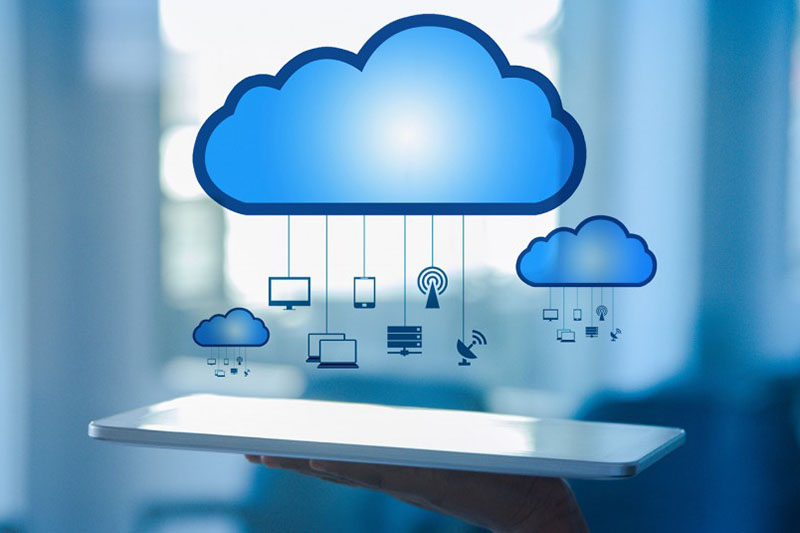By Tom Whitaker, RT3 Board Member.
Software companies like Harness can provide contractors with incredible value but there’s one important element that is often overlooked that can derail any software implementation.
Field personnel not using adequate or properly managed mobile devices.
After all, if the device that they carry is not up to the task if it gets lost or damaged, it’s going to be pretty hard for the foreman to submit that safety report.
In this article, we’re going to identify some of the common problems when it comes to mobile devices and point out some best practices to solve them.
Should You Provide Devices or Let Employees Use Their Own?
Employee Owned Devices
Since most workers these days are already carrying a smartphone it may appear easier to let them use their own devices to access company applications. It’s what’s known as Bring Your Device or BYOD. Some companies have gone this route and provided a small reimbursement to employees to cover data usage costs. While this could be a very cost-effective approach, be aware that there are numerous complications that may befall companies choosing this strategy. Those would include:
Lack of adequate device capabilities.
Is the employee cheapest smartphone available or top of the line iPhone? Does it have a 3 inch screen that makes it hard to see the application you want them to use? Since you have no control over what the employee purchases, you need to be prepared for all possibilities.
Lack of device protection and/or replacement options
The mobile device is going to be used on or near the job site. What is it’s dropped off the roof, damaged, and the employee doesn’t have the ability to replace it right away. Will they still be able to perform their work? Likely not.
Lack of data security
We often entrust our workers with sensitive information such as job lists, estimates, customer contact information, and more. If their personal device is used to access this information, how will we ensure that it’s kept secure? Will we have the ability to remotely wipe lost or stolen devices?
If you’re going the BYOD route here are some things you can do to protect yourself:
Create a Mobile Device Policy For Employees that they must sign off on. It should cover:
- Minimum device standards (screen size, memory, Operating systems, etc..)
- Required accessories. For example, a protective case
- Guidelines for handling sensitive company information
Invest in Mobile Device Management Software and require it be installed on employee-owned devices. We’ll talk more about that below.
Deploying Company-Owned Devices
While admittedly a larger expense than BYOD, especially at the outset, the level of control that deploying your own fleet of mobile devices cannot be understated. You may well find the benefits far outweigh the costs. With your own fleet of devices you’ll be able to:
- Ensure a consistent and likely improved experience for everyone in your organization
- Keep tighter controls on sensitive company information
- Better protect the physical devices themselves and replace them easier when needed
- Prevent employee misuse. For example, viewing/downloading porn
Best practices for companies that deploy their own fleet of mobile devices
Everyone should use the same type of device.
Keeping things consistent makes managing the fleet smoother. Applications will function the same on every device and you won’t need multiple sets of instructions for end users.
iOS vs. Android
I could write another entire article on the differences between these two operating systems. Your choice should depend on a mixture of compatibility and price. For example, if the apps that your team are going to be using function better on iOS, then you’ll likely want to go that way. I will say since Android is open source, it can be found on a far greater range of devices with various price points. If you’re particularly budget conscience, you should strongly consider Android rather than iOS.
Tablet or Phone?
Once again this decision should factor in the application(s) that will be used. Some types of apps work better on larger screen devices like tablets. Others can be used with simple smartphones. Engage your app provider to seek advice on what devices types would be best. The unique needs of your users shouldn’t be overlooked either. Is your team made up of extremely large fingered lads that wouldn’t appreciate a dainty device? Get them a tablet. Or perhaps you have a lot of older, farsighted foreman. Get input from your group before making a decision.
Accessories
Every device should be given to its user in a ruggedized case of some type. Otterbox makes them for most models. Screen protectors are also good idea considering these devices are going to be used on construction sites and the likelihood of them being dropped or damaged is very real. Which brings me to…

This rugged new phone from CAT has a built in FLIR camera, laser distance finder, and more to help construction workers get things done.
Keep A Few Extras
Having 1-2 extra devices laying around for when someone new is hired or a device is lost is a lot easier than waiting for an ordered replacement and the extra cost should be negligible.
Invest In Mobile Device Management (MDM)
Mobile device management software allows company administrators to enforce security measures on all devices such as passwords, encryption, etc. They can also restrict which types of apps can be installed and web pages that can be visited, thus preventing employee misuse. Devices that are lost or stolen can be remotely wiped of all data at the push of a button. There are MDM options to fit a range of budgets. Some options include Airwatch, Meraki, and Google Apps For Work. More on that last one in a future article.
What About Connectivity?
Once you’ve decided on which device is best for your company, you’ll need to determine the best options for data plans and calling from carriers in your area. This process deserves its own article and we’ll be publishing one in the near future as part of our “Ultimate Guide” series.
Conclusion
Making smart decisions about the mobile devices your company is using is a good idea. They are going to become more and more important as you seek to solve urgent business problems that require data capture from your field staff. Hopefully, now you understand how to best manage your mobile device fleet.
Source: Harness



